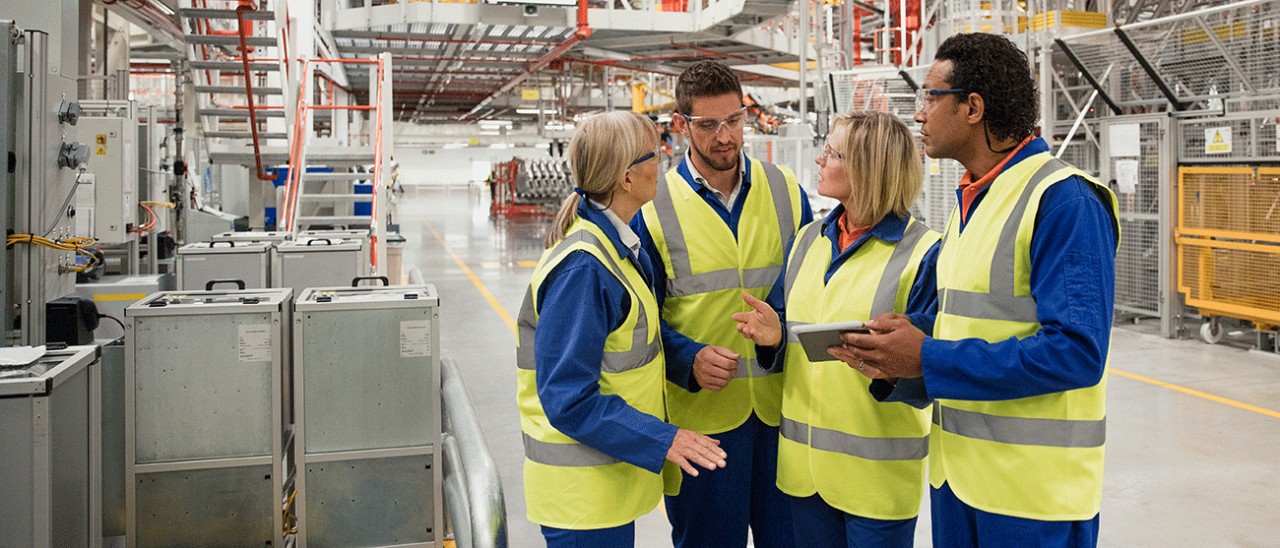Workplace Safety Tips
Business owners and employers hold the responsibility to routinely evaluate workplace safety concerns and minimize any potential harm to their employees. In a recent report published by the National Safety Council, it is estimated that the total economic costs of reported workplace injuries in 2021 totaled to $167 billion, including a whopping $42,000 allocation per each medically consulted injury.
While it is true that certain industries may carry a higher level of risk, any business can be a site of a workplace injury. Below are several tips to help ensure your business takes reasonable precautions to ensure the safety and well-being of your employees.
Procure Personal Protective Equipment
Workers need access to appropriate personal protective equipment (PPE) that will help prevent workplace injuries. Depending on type of work environment, businesses owners may need various kinds of PPE, along with protocols for effectively using them to prevent:
- Injuries to the eyes, face, head or limbs
- Hearing damage caused by noisy working conditions
- Bodily harm from excessive heat, radiation or other hazards
- Illness brought on by breathing in contaminated air
Additionally, the Occupational Safety and Health Administration (OSHA) mandates that business owners adhere to the following preemptive measures to ensure employees have adequate PPE for their daily work: assess the work environment for potential hazards requiring PPE, ensure PPE is available for all employees who need it and develop enforcement strategies to ensure workers use the PPE properly and keep it in good working order.
Protect Against Slips and Falls
Slips and falls can occur in any workplace environment. Employees and customers alike can be at risk of slipping and injuring themselves if certain precautions are not taken. As such, it is important to enforce rules to keep floors safe, such as immediately cleaning up spills and removing potential trip hazards.
Other additional precautions to protect against slips and falls can include using signage to highlight a slippery floor, adding effective lighting to all pathways and mandating specific footwear to ensure suitable traction in the workplace.
Prevent Machine Accidents
The best defense against machine-related accidents is to make employees aware of the potential dangers of operating or being near specialized machinery. Machine-related accidents most often occur when there is improper handling around moving parts, such as saw blades, belts and pulleys. Business owners can install various machine guards around moving parts or create a barrier between employees and high-risk areas to further reduce this type of risk.
Another common type of machine-related accident involves the output of hazardous energy. High volumes of heat, pressure and electricity can radiate from machines that are actively running or suddenly started, potentially causing injury to the people around them. To reduce the risk of hazardous energy accidents, businesses should (and in some cases are required to) implement lockout and tag-out procedures to help ensure machines will not start up or emit energy unexpectedly.
Prepare Seasonal Safety Programs
As the seasons change, employers may need to consider new potential workplace hazards for both indoor and outdoor workers. For example, employees exposed to severe weather, freezing temperatures and/or unrelenting summer heat may need to have rotating schedules to reduce the risk to their personal health and safety.
Additional precautions could incorporate extra PPE, supplementary nutrition (such as electrolyte-enhanced beverages) and awareness training to recognize the signs for adverse health concerns.
Acquire Appropriate Insurance
All businesses are subject to a certain level of risk. On top of establishing strong safety programs, having a full-range insurance program for liability, worker’s compensation and assets operated by employees can help mitigate your business’ exposure and provide coverage in the event that accidents do occur.
Click here to visit OSHA's website and explore more resources about workplace safety.

